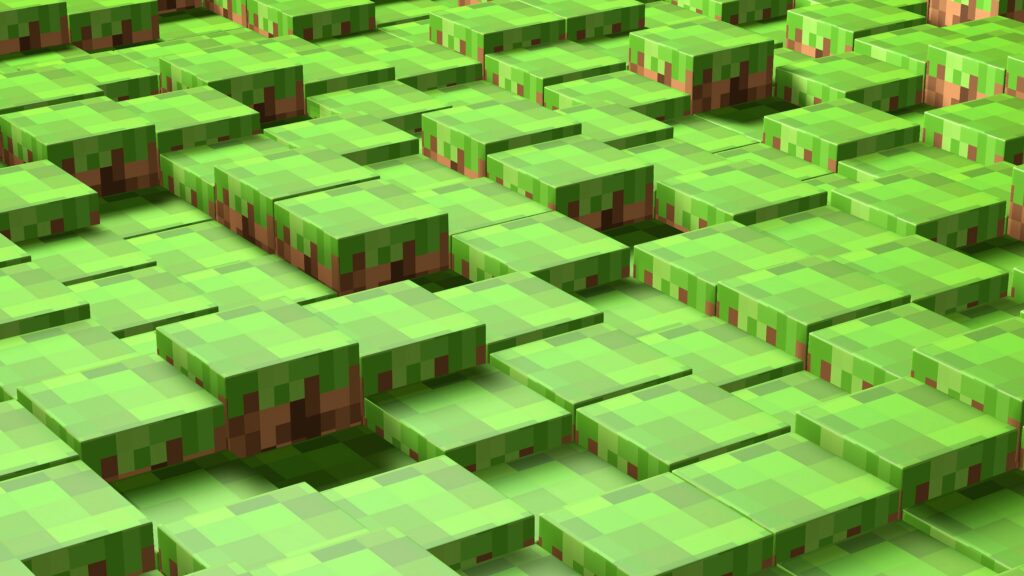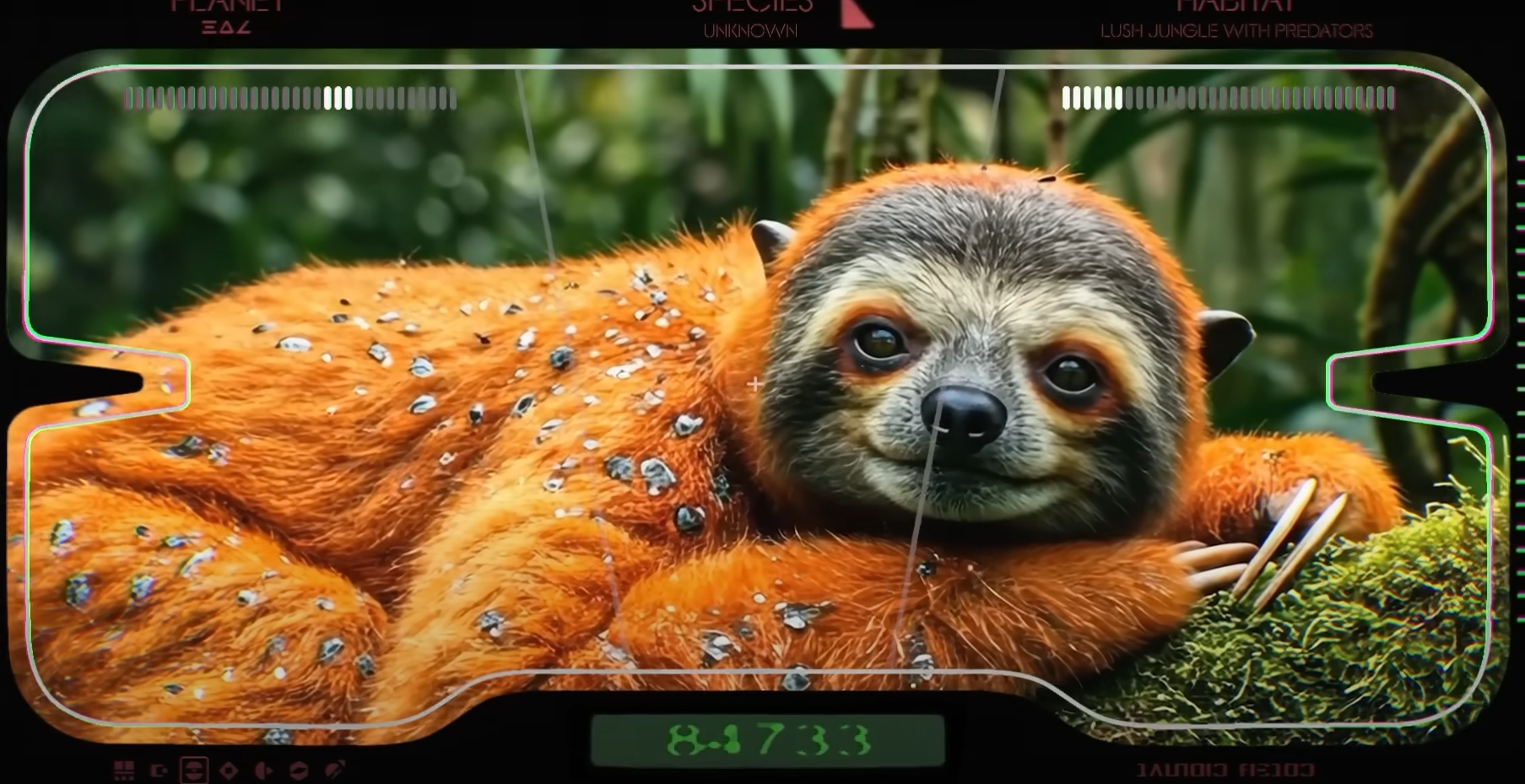
Industrial Light & Magic (ILM), the visual effects studio that practically invented the field as we know it today, revealed how it thinks it will use generative AI in the future, and that future looks really bad.
Much of what we understand today as special effects in movies was born at Industrial ILM, which was built to produce many of the iconic shots in Star Wars: A New Hope. Since 1977, through the ages of miniature models, puppeteering, and the bleeding edge of computer generated images, ILM has remained at the forefront of making the impossible come alive on movie screens.
For that reason, when ILM’s chief creative gets on stage and announces that not only does the studio see a future where generative AI, a technology that’s maligned by so many artists and that to my unprofessional eye almost always looks like shit, is not only going to become a part of its creative process in the future, but that he’s going to give us a sneak peak at that future, I’m going to listen to him very seriously.
Unfortunately, what he revealed as the possible AI-generated future of Star Wars is probably the most embarrassing Star Wars branded thing I’ve ever seen, including the Christmas special. It is a two-minute short film called Star Wars: Field Guide, and the premise is what you would see if you sent a probe droid out to a new planet. It was created by one artist at ILM in two weeks, and it’s just a parade of cookiecutter AI generated animals with soaring John Williams-esque music playing in the background. Every single creature in the short AI-generated “film” is just an animal you know mixed with another animal or weird feature I can easily imagine was created with a prompt given to any number free-to-use AI image or video generators: Zebra gorilla. Peacock slug. Tiger polar bear. Flamingo iguana. Blue goat. Ape spider. Crocodile turtle. Blue lion. Lemur owl. Sloth with diamonds in fur. Koala. Straight up koala, no sci-fi twist or nothing. Just a normal koala.
I know it sounds like I’m randomly putting names of animals together but I’m being 100 percent descriptive. These are the creatures in the video from the visual effects studio that made Star Wars, and the head of the studio is proudly presenting it at a TED Talk as if this is a good, bright future.
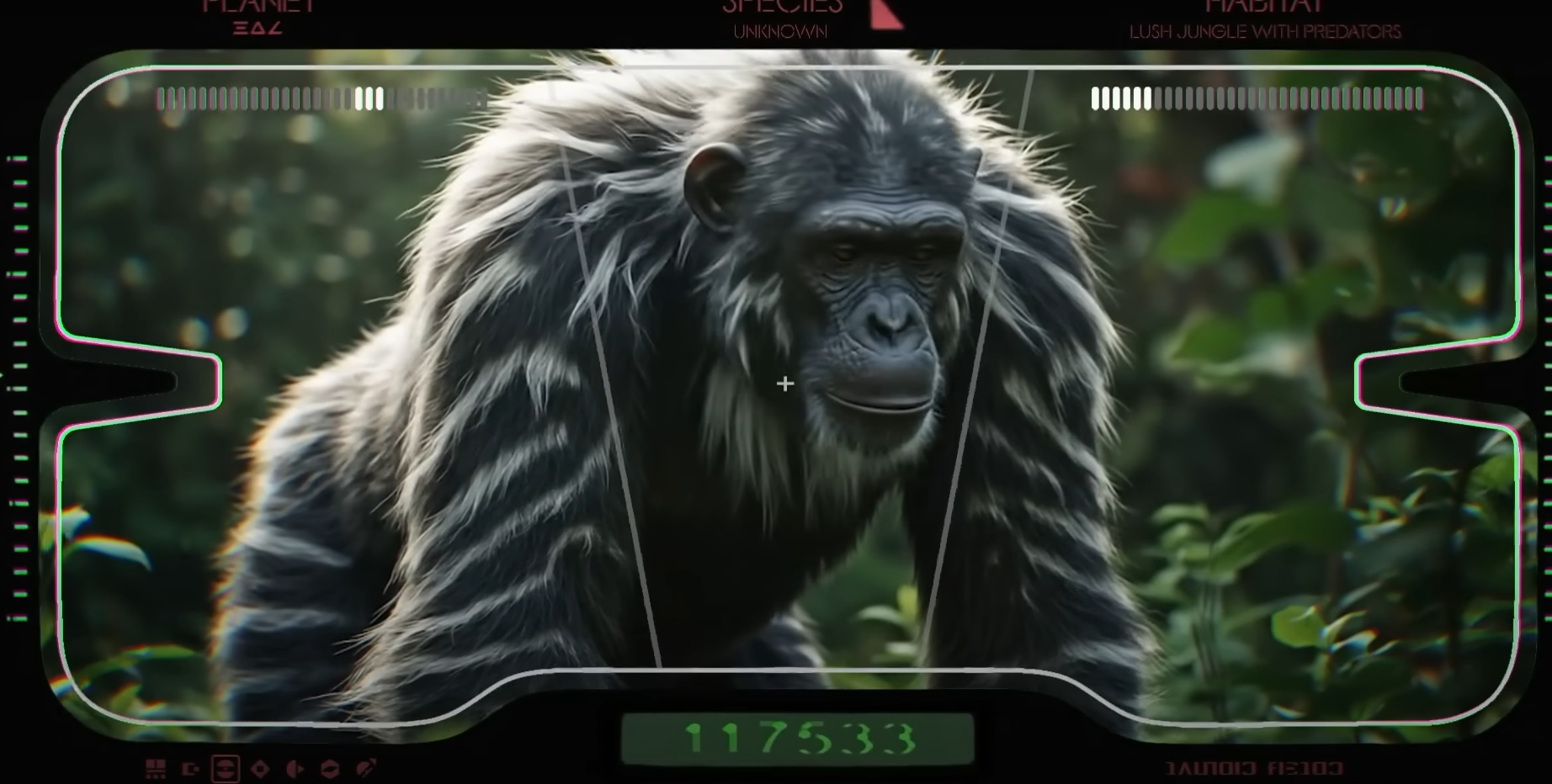
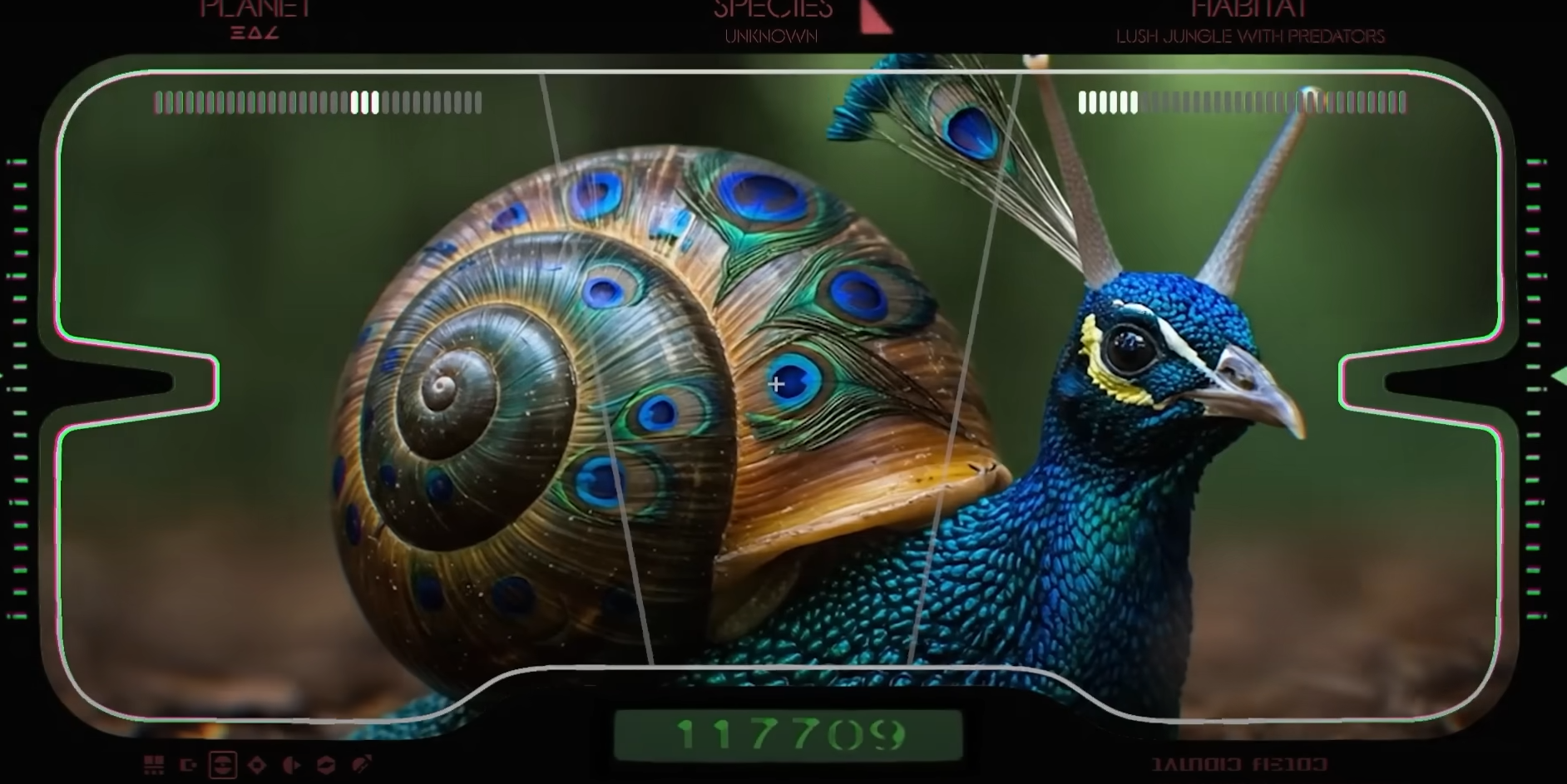
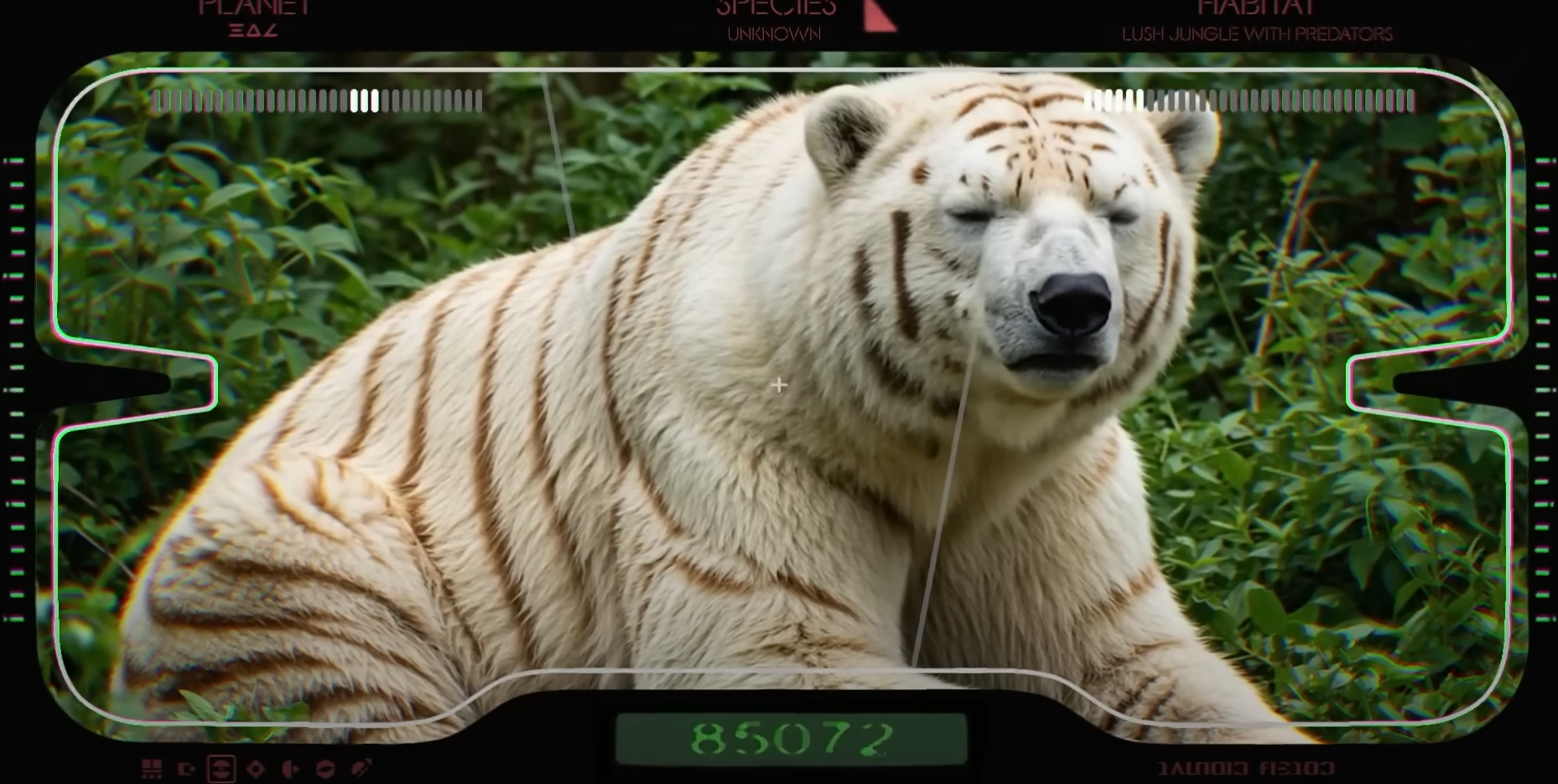

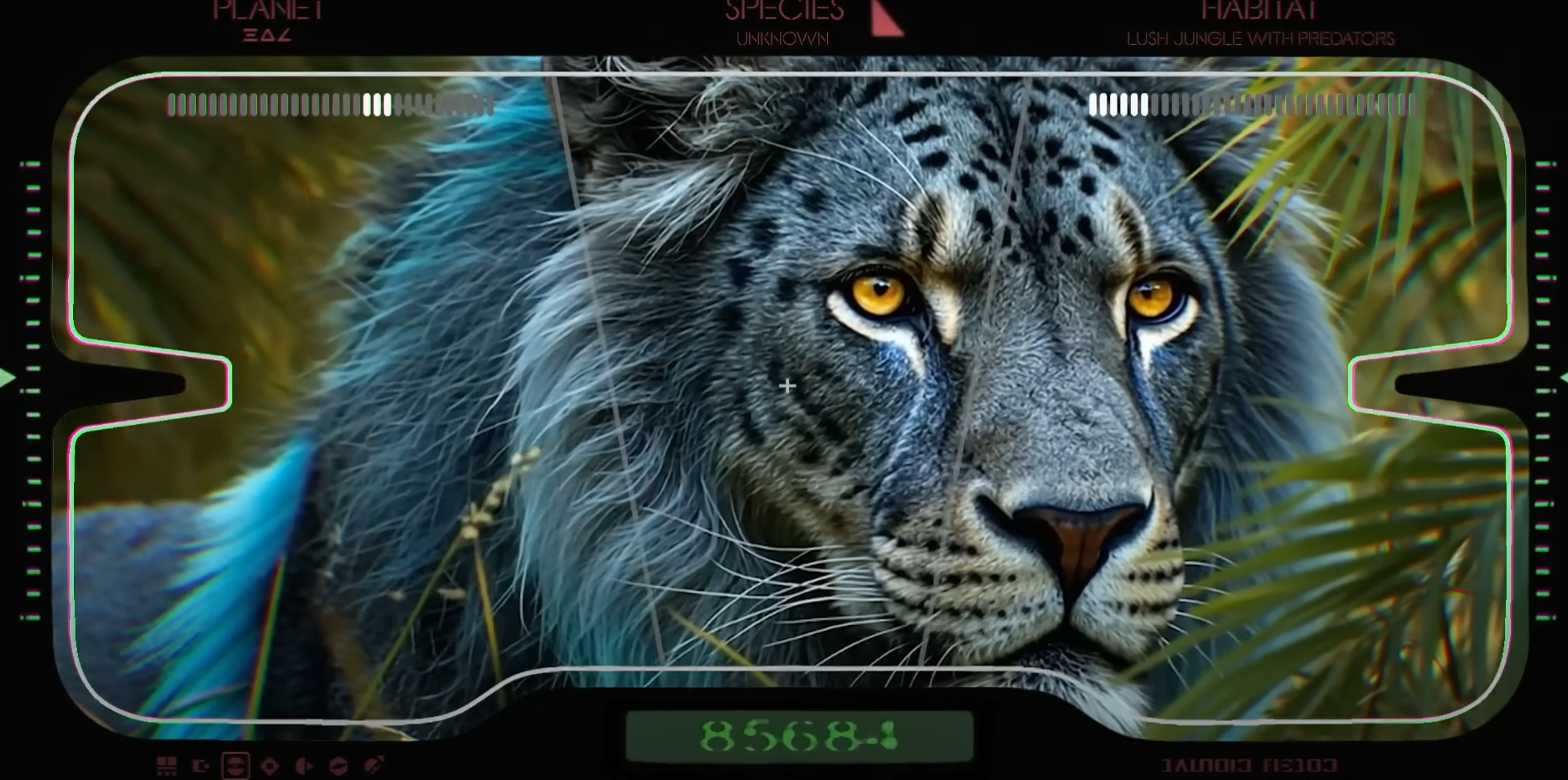
Rob Bredow, a Lucasfilm SVP who oversees ILM, gave what started as a stereotypically rousing TED Talk about the subject, recounting the studio’s early days and how it evolved with the times while still holding on to the practical magic that made it special. Bredow makes the point that every new technology it’s seen over the years builds on top of what came before it and is folded into the studio’s existing methods while always prioritizing the vision of artists and filmmakers. For example, Bredow tells the story of how some people at ILM lured producer Kathleen Kennedy with a looping video of a 3D animated T-rex in order to incorporate 3D graphics into Jurassic Park, which originally was going to use miniatures and stop motion. Bredow also rightly points out that face swapping tech works very well for “de-aging” actors, like Harrison Ford in the most recent Indiana Jones, but one reason it looks much better than anything you can produce with an iPhone app is that it’s also it’s using a meticulously crafted 3D models and other effects.
The gist of Bredow’s argument is that there are a lot of scary headlines about AI coming for people’s jobs in the visual effects and animation fields, but he believes that generative AI will only empower artists to better realize their vision. It’s a convincing argument that’s coming from someone who knows what he’s talking about and clearly cares about the craft, as opposed to an executive at an AI company with billions in venture capital who is desperately trying to realize a return on investment, which is who is usually delivering the pitch on the wonders of generative AI.
But then Bredow revealed “what happens when you put the latest AI tools in the hands of talented artists” to exemplify what he calls “artist-driven innovation,” and the result was very bad.
One thing Star Wars is known for is its amazing creature designs. The Tauntaun, the Bantha, the Rancor. Notably all of them were originally created with practical effects, but even when they were recreated digitally years later, they are still based on something a human being designed and that has managed to capture the imagination of millions of people for generations.
Star Wars “Field Guide” on the other hand, like most AI generated art, is creature design mad libs.

